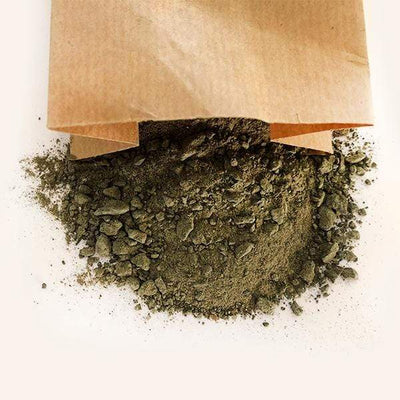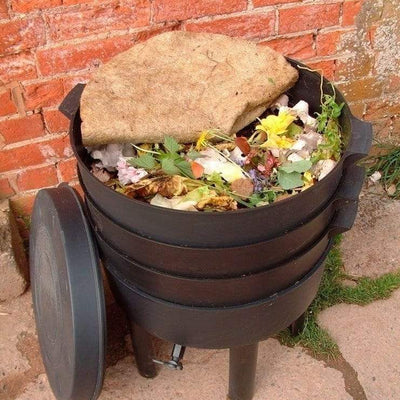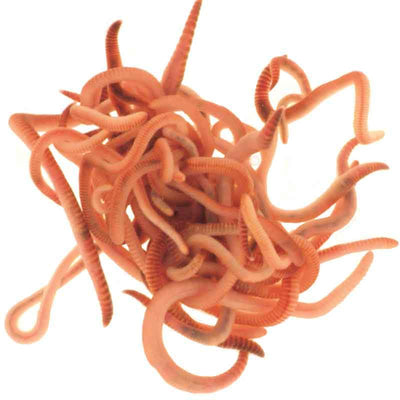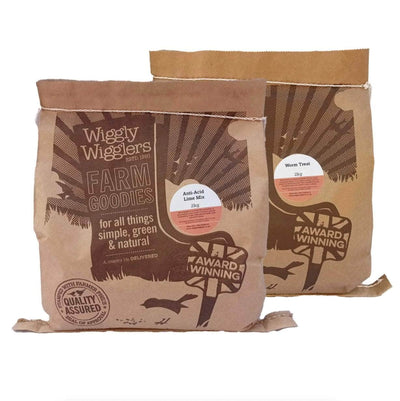We love our Live Mealworms (or meal worms) they are absolutely the best food for your garden birds.
1. Do we need to feed the mealworms before putting them out?
No — there’s no need to feed them. Our live mealworms and live mini mealworms arrive in breathable bags with enough bran to keep them going in transit. It’s important not to add food or moisture, as that can cause mould or spoilage.

However, you will need to decant them. Unless you’re planning to use them all at once, it’s best to tip them into a Tupperware-style tub or similar container with ventilation holes (a few holes in the lid or sides work fine). Otherwise, you’ll need to keep resealing the bag otherwise they’ll escape from the bag once opened — and they’re surprisingly good at it.
Keep them in a shallow layer of bran — wheat bran is best, and we include this in the bag. They don’t need anything else. Store them somewhere cool (around 8–10°C — a shed or garage works well) and they’ll keep fresh and wriggly for days, often a couple of weeks. (Fine to add extra bran or porridge oats).
2. How much do we need for one nest, and can we buy in bulk and feed a bit each day?
Yes, absolutely. Buying a larger amount and feeding daily is exactly the right approach.
Once the chicks hatch, they’ll likely need somewhere around 5g of live meal worms per day — that’s roughly one tablespoon. The adult birds will also eat plenty themselves to fuel their constant trips to and from the nest so you will probably ration them and add fresh mealworms each morning. (Other birds will also feast on them of course)
We supply live mealworms in 125g, 250g, 500g and larger bags, so you can easily get what you need for a week or two. Many customers choose to buy once a week or fortnight, depending on how many birds they’re feeding.
We also offer a Subscribe + Save option, which means you can set up a regular delivery without needing to think about reordering.
Wiggly Tip: It’s worth keeping a small bag of dried meal worms in reserve. They’re not as nutritious as live, but you can soak them and they’re a useful backup if you run out or need something quick.
3. How do we stop them wriggling away when we put them out?
Live mealworms are determined little things, so don’t just scatter them or leave them in an open bag.
Use a shallow dish with smooth sides — something like a ceramic ramekin or a proper live food feeder. We stock feeders that are designed specifically for this job and stop escapees from wriggling off that also have a roof on them which protects the live food from rain and also means you can lower it to deter bigger birds.
Place the dish close to the nest if you can, somewhere the parent birds will see it. A sheltered ledge or branch near the nest box is ideal. Don’t put them in a bucket or dish on the ground — it won’t take long before something else finds them.
Before feeding, it’s also worth giving the worms a quick sieve to remove the frass (their waste). This helps keep the feeding area clean and prevents any unpleasant smells or mess around your bird table. A simple kitchen sieve does the trick — just gently shake the worms so the fine, dusty frass drops through. (It’s a great fertiliser for your plants).
4. Mini meal worms or regular ones — which is better?
Both our mini and standard live meal worms are suitable for feeding blue tits. The standard size mealworms are absolutely fine for young chicks, as the parent birds will often break them up before feeding. Some people prefer to use minis during the very early days as they’re naturally smaller and softer — but either will work well.

If you're feeding a wider range of birds, or just want a bit of flexibility, the standard live mealworms are a great all-round option.
If you’d like help choosing the right feeder or setting up a subscription, just let us know. We’re always happy to help.
And do keep us posted on how your blue tits get on — we’d love to see some photos - it is really one of the real joys of the season.
All best
Team Wiggly
Wiggly Wigglers – From Our Farm to Your Footprint






